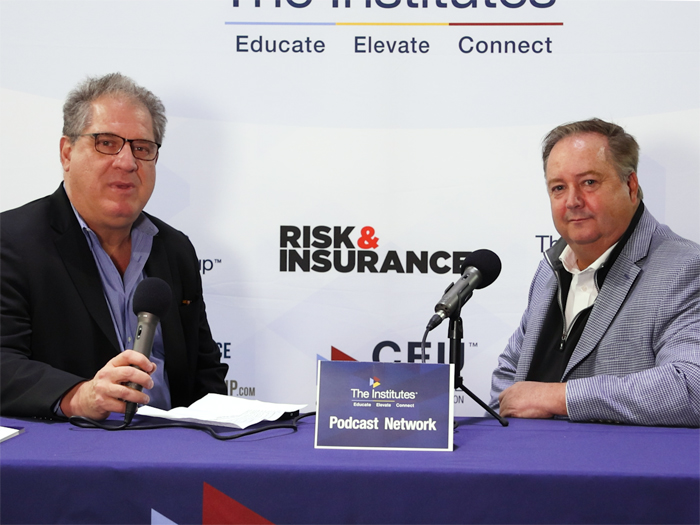Implicit Health Care Bias Against Black and Brown People Is Real. Here’s How Workers’ Comp Pros Can Move Toward Greater Equity in Claims

Like many industries, risk management and insurance had a reckoning about how to best practice diversity, equity and inclusion during 2020.
Spurred by widespread protests over police violence against unarmed Black people, people all over the U.S. realized they need to do better when it comes to thinking about how to build a more equitable society.
While hiring practices and efforts to diversify boards have been rightfully prioritized as methods for promoting diversity and inclusion within the commercial insurance industry, leaders should also be aware of how implicit bias — or acting on unconscious prejudices — can cause prejudice in the workplace.
Looking specifically at the workers’ compensation segment of the risk and insurance industries, implicit bias among claims adjusters can affect claims outcomes and make injured workers feel alienated during the claims process.
What is Implicit Bias and How Can it Affect Workers’ Comp?
Implicit bias is a psychological occurrence where people may act based on stereotypes or prejudices despite expressing egalitarian beliefs.
A male coworker who believes that men and women are both suited to work outside the home, but trusts other men with work tasks over equally qualified women may be acting on implicit bias, for example.
Referred to as “unconscious bias” by some, implicit bias has been shown to affect everything from career trajectories to medical outcomes. Implicit bias happens unconsciously, so many are unaware they’re acting in a way that is prejudiced.
“It’s something in the back of your mind,” said Julie Raatz, senior vice president, senior claims advocacy manager, Marsh Claim Solutions.
A 2015 study found that 70% of physicians had some level of implicit bias against Black and Latinx people. Fifty-one percent of physicians showed moderate to strong bias against Latinx people and 42% demonstrated moderate to strong bias against Black people. Studies have suggested that these beliefs could be linked to health care disparities.
In addition to their interactions with medical providers, injured workers are at risk for experiencing implicit bias on the parts of their claims teams.
Despite industry attempts to diversify, claims adjusters are overwhelmingly white. Over 65% of claims adjusters in the U.S. are white and 53.7% are women, according to data from the careers site Zippia.
While claims adjusters are more likely to be white or female, injured workers are predominantly men of color. Latino men have the highest rate of workplace injuries, a USC and Boston University study found, followed by Black men.
These data points mean that there’s likely to be a gap between the racial and cultural backgrounds of adjusters and injured workers, creating an opening for implicit bias to enter into claims handling.
An adjuster may not realize, for example, that an injured worker isn’t receiving adequate treatment due to a provider’s implicit bias. Instead, they may just believe that the injured worker isn’t actively engaging with their recovery.
“We’re in positions of authority and we have power to exert influence over an injured employee’s experience that could potentially impact the claim outcome,” said Tammy Bradly, VP of Clinical Products, at Genex.
“We may not always be affording that injured employee all the benefits and opportunities that they may need to heal and get back to work.”
Tackling Bias in Claims Organizations
“You have to be aware of it and you have to make a concerted effort in order to combat it,” Raatz said.
Trainings designed to help combat implicit bias in the workplace can help. A review of 17 different implicit bias trainings found that eight of them were effective at reducing implicit bias between white and Black people.
Bradly and Raatz said that getting to know each injured worker individually and focusing on building a rapport with them can help claims adjusters avoid unconscious bias.
“I think there’s always opportunity for bias training within all of our organizations,” Bradly said.
Adopting the biopsychosocial care model can also help reduce implicit bias because it emphasizes treating the whole person. Case managers and claims adjusters who employ biopsychosocial care focus on developing an understanding of how psychological and socioeconomic factors can affect a claim and they step in to address those concerns when needed.
“Each adjuster has to build a relationship with the injured worker they’re working with,” Raatz said.
“Just being knowledgeable of all of those things can impact an individual’s ability to recover and return to work, is very important,” Bradley added.
“Focus on understanding the social and economic factors that play a vital role in how we live our lives.” &










